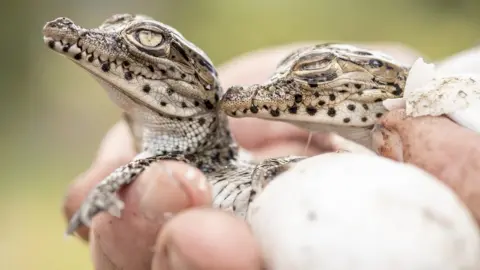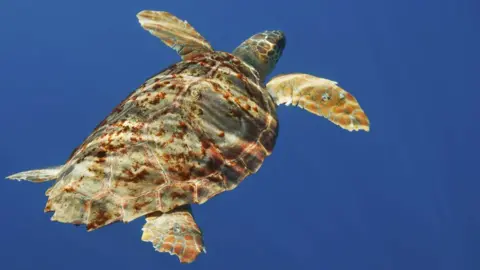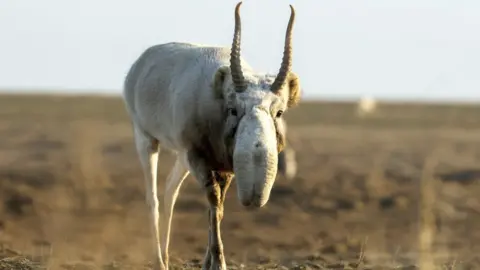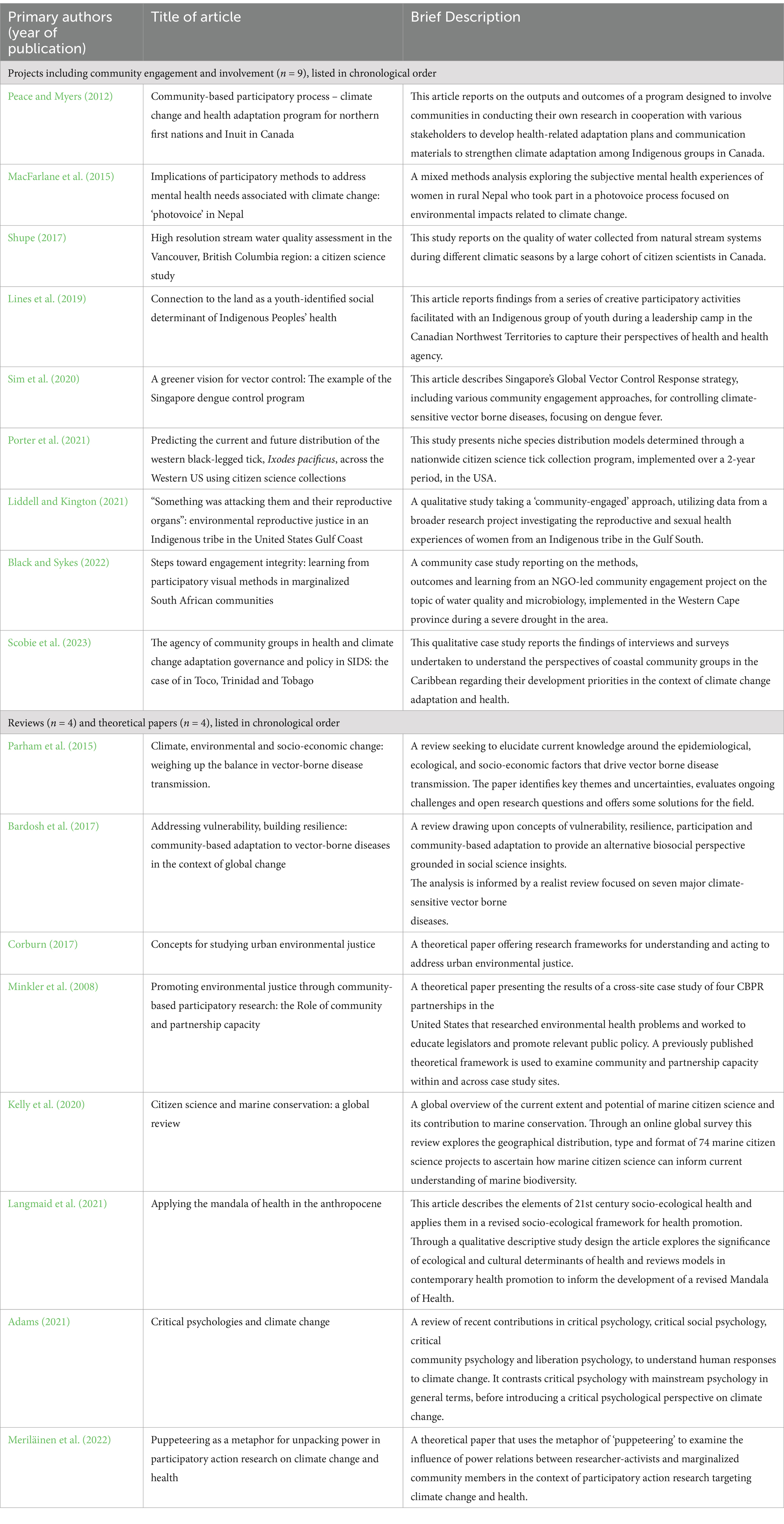
Date: 25 April 2024
By Esme Stallard, Climate and Science Reporter, BBC News

Conservation Actions and Biodiversity Loss
- International researchers conducted a 10-year study on conservation measures to reduce global biodiversity loss.
- The study, published in the journal Science, reviewed 665 trials of conservation measures across different countries and species types.
The findings of the study revealed that conservation actions have been effective in reducing biodiversity loss, offering hope for the protection of threatened animals and plants. Currently, one out of every three species is endangered due to human activities.
Co-author Dr. Penny Langhammer from Re:wild emphasized that successful conservation efforts can significantly improve biodiversity and slow its decline.
Success Stories
- Deforestation rates decreased by 74% in the Congo Basin after the implementation of management plans.
- Least Tern breeding rates doubled in Florida’s barrier islands due to predator management.

Factors such as climate change, habitat loss, and invasive species are driving biodiversity loss. However, conservation efforts are not adequately funded to reverse global declines in biodiversity.
The study suggests mobilizing at least $200 billion annually from public and private sources for conservation, but currently, only around $121 billion is being invested worldwide.

University of Sussex professor Dr. Fiona Matthews highlighted the success of conservation interventions but noted a lack of representation from biodiversity hotspots in the Global South in the analysis. Future research will focus on addressing this gap.
Overall, the study underscores the importance of sustainable conservation efforts to achieve the Sustainable Development Goals (SDGs) related to biodiversity preservation and ecosystem protection.
## SDGs, Targets, and Indicators Analysis
### 1. Which SDGs are addressed or connected to the issues highlighted in the article?
– **SDG 15: Life on Land**
– **SDG 14: Life Below Water**
### 2. What specific targets under those SDGs can be identified based on the article’s content?
– **SDG 15 Target 15.1:** By 2020, ensure the conservation, restoration, and sustainable use of terrestrial and inland freshwater ecosystems and their services, in particular forests, wetlands, mountains, and drylands.
– **SDG 14 Target 14.2:** By 2020, sustainably manage and protect marine and coastal ecosystems to avoid significant adverse impacts.
### 3. Are there any indicators mentioned or implied in the article that can be used to measure progress towards the identified targets?
– **Indicator:** The success stories mentioned in the article, such as deforestation rates falling in the Congo Basin and Least Tern breeding rates doubling due to predator management, can be indicators of progress towards the conservation and restoration of ecosystems.
### 4. Table presenting the findings:
| SDGs | Targets | Indicators |
|——————-|————————|———————————————————————————————–|
| SDG 15: Life on Land | Target 15.1: By 2020, ensure the conservation, restoration, and sustainable use of terrestrial and inland freshwater ecosystems and their services, in particular forests, wetlands, mountains, and drylands. | Success stories like deforestation rates falling in the Congo Basin. |
| SDG 14: Life Below Water | Target 14.2: By 2020, sustainably manage and protect marine and coastal ecosystems to avoid significant adverse impacts. | Examples of marine protected areas leading to unintended consequences like increased predation on Australian seahorses. |
Copyright: Dive into this article, curated with care by SDG Investors Inc. Our advanced AI technology searches through vast amounts of data to spotlight how we are all moving forward with the Sustainable Development Goals. While we own the rights to this content, we invite you to share it to help spread knowledge and spark action on the SDGs.
Fuente: bbc.com

Join us, as fellow seekers of change, on a transformative journey at https://sdgtalks.ai/welcome, where you can become a member and actively contribute to shaping a brighter future.





